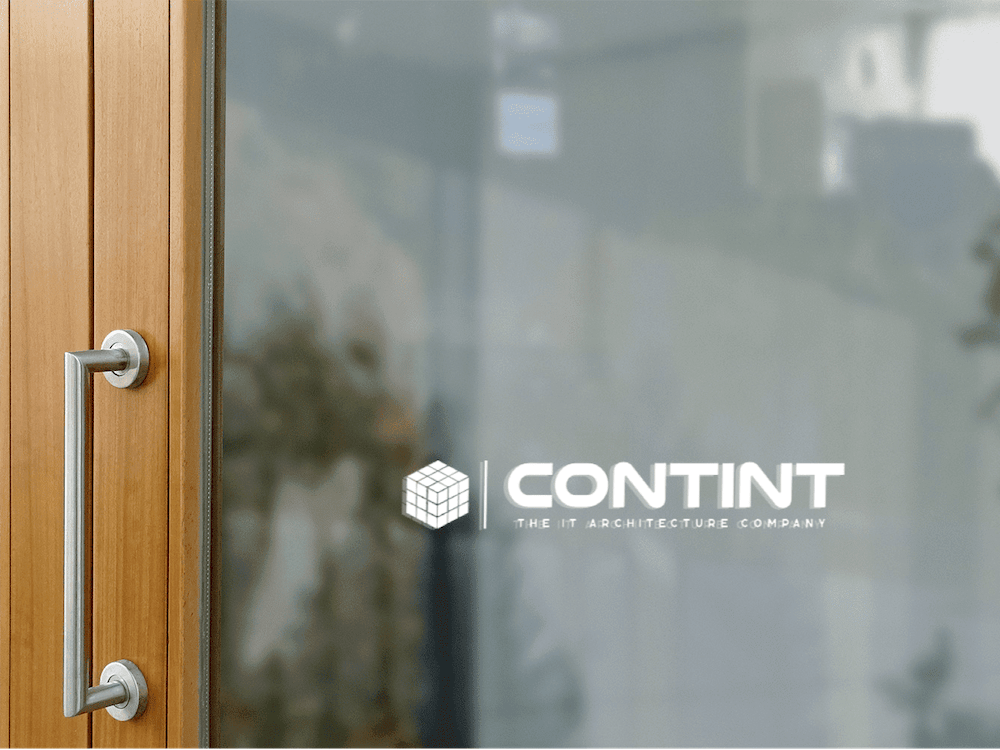In an era where technological innovations are rapidly succeeding one another, everyone faces the challenge of developing an IT architecture that remains not only functional today but also relevant in the future.
Crucial to this are flexibility and adaptability, especially in light of trends such as artificial intelligence (AI), automation, and augmented reality (AR).
Designing a future-proof IT architecture starts with acknowledging that change is the only constant. This means that the IT architecture must be able to adapt to new technologies and business needs. But how do you achieve that?
Integrating Flexibility into Design: The IT architecture must be modular, allowing new technologies to be easily integrated or existing components to be adapted or replaced. A supplier may be a market leader now but could lose relevance in three years.
Looking Ahead to AI and Automation: AI and automation are fundamentally changing how we work. A future-proof architecture must accommodate these technologies, not just as tools but as integral parts of your business processes. This means that the organization needs to anticipate the data, processing power, and security requirements these technologies bring.
The Role of AR: Augmented reality is becoming increasingly important in various sectors, from retail to maintenance. A forward-looking IT architecture takes into account the integration of AR applications, considering both the technical requirements and the potential impact on the user experience.
Continuous Innovation: A future-proof architecture is never 'finished.' It requires a culture of continuous innovation and learning within your IT team. Encourage experiments and pilot projects to explore and integrate new technologies.
Stakeholder Engagement: Involve stakeholders in planning and reviewing the IT architecture. Their insights can be crucial for anticipating future business needs and technological trends.
By implementing these strategies, you ensure that the IT architecture is not only resilient to today's changes but also prepared for the innovations of tomorrow. It's about finding a balance between harnessing current technologies and considering future possibilities, enabling the organization to remain agile and competitive in a rapidly evolving digital world.

 DE
DE  NL
NL  EN
EN 
